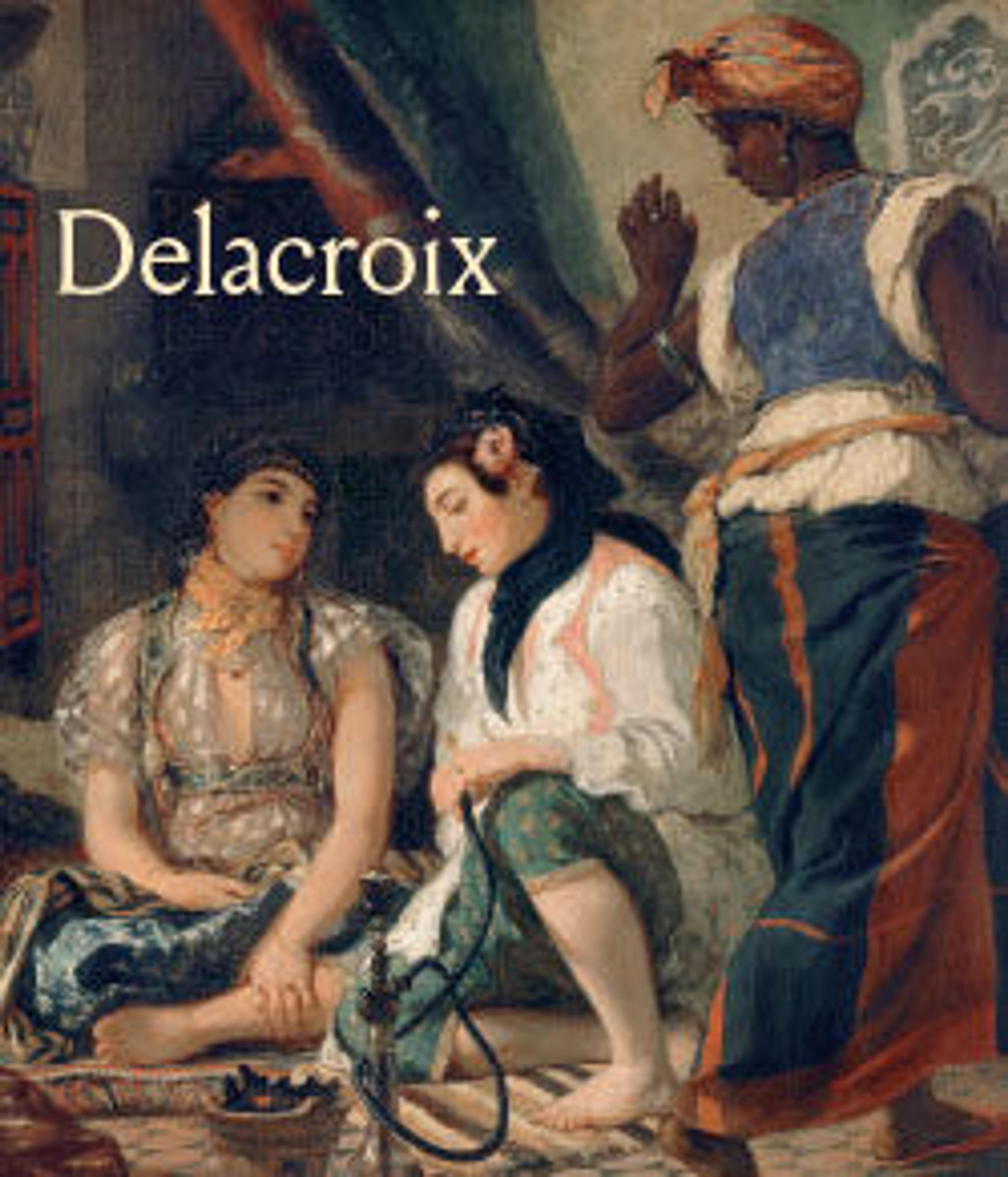Madame Henri François Riesener (Félicité Longrois, 1786–1847)
Delacroix rarely portrayed anyone other than his closest family and friends. His affection for Madame Riesener, an aunt by marriage, is expressed through the frank tenderness of this portrait. She was once known for her beauty: some thirty years before the date of this portrait she served as a lady-in-waiting to empress Josephine, and having caught Napoleon’s eye, engaged in a brief liaison with him. After she died, Delacroix wrote to George Sand, "each of the beings necessary to our existence who disappears, takes away with him a whole world of feelings that no other relationship can revive."
Artwork Details
- Title: Madame Henri François Riesener (Félicité Longrois, 1786–1847)
- Artist: Eugène Delacroix (French, Charenton-Saint-Maurice 1798–1863 Paris)
- Date: 1835
- Medium: Oil on canvas
- Dimensions: 29 1/4 x 23 3/4 in. (74.3 x 60.3 cm)
- Classification: Paintings
- Credit Line: Gift of Mrs. Charles Wrightsman, 1994
- Object Number: 1994.430
- Curatorial Department: European Paintings
More Artwork
Research Resources
The Met provides unparalleled resources for research and welcomes an international community of students and scholars. The Met's Open Access API is where creators and researchers can connect to the The Met collection. Open Access data and public domain images are available for unrestricted commercial and noncommercial use without permission or fee.
To request images under copyright and other restrictions, please use this Image Request form.
Feedback
We continue to research and examine historical and cultural context for objects in The Met collection. If you have comments or questions about this object record, please contact us using the form below. The Museum looks forward to receiving your comments.
